Not a member yet? Sign Up!
Info
Please use real email address to activate your registration

Join Us for a Mindful Dinner. Breakfasting based on local wisdom and food ingredients. Explore the secrets behind the indigenous wisdom in consumption, from the selection of food ingredients, the way it is being served and the way they are being consumed.
----------
Ramadan, is a full month of fasting and contemplating with daily fast ends by sharing meals with family or friends. Hence it is impossible to resist a colorful invitation for Slow Iftar with Slow Food Jakarta/Kemang.
Slow Food
Slow Food is a global movement involving millions of people in over 160 countries, working to ensure everyone has access to food that is good (tasty, seasonal, local and fresh), clean (preserves biodiversity, sustains the environment, is non-GMO and ensures animal welfare) and fair (affordable by all, with fair trade from farm to fork).
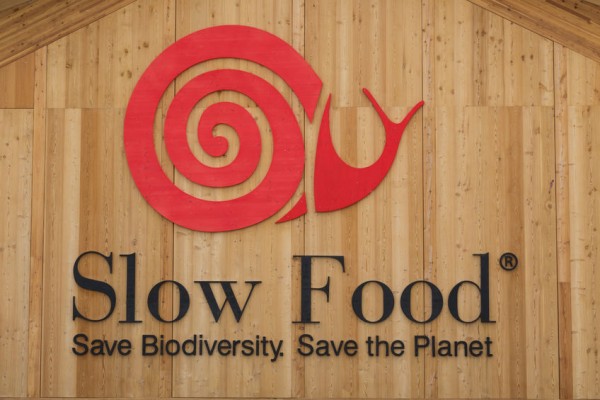 Image: Stefano Tinti/123rf
Image: Stefano Tinti/123rf
Add to those criteria an insight by Helianti Hilman, the leader of Slow Food Jakarta/Kemang convivium, on how the Supreme Being blesses us, with resources that enhance our religious practice, everywhere we live.
In the Middle East, as recommended by Prophet Muhammad, iftar or ritual meal after the fast begins with dates, sweet food that slowly release energy and has low glycemic index. An alternative to dates, explains Helianti, is the choices of natural sugar that we can have from an immense variety of palms in Indonesia. Lontar (palmyra) is available in dry lands, nipah (nypa) in swamp areas, kelapa (coconut) in coastal areas, and aren (arenga) in forested lands.
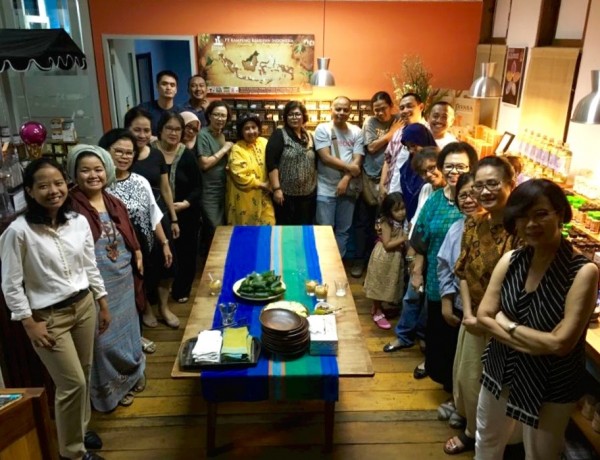 Image: Slow Food Jakarta/Kemang
Image: Slow Food Jakarta/Kemang
The Slow Iftar was presented at Javara Indigenous Indonesia amidst a plethora of the country’s finest heritage food products. The mindful dinner was originally limited to 20 seats, but due to unexpected demand and high interest it was stretched to 30 guests representing journalists, media executives, NGOs, bankers, and business owners.
Food Story
While the dedicated people on Javara staff were busy preparing dinner, Helianti went on to enlighten guests on the evening menu, from which part of Indonesia the ingredients came from, and how the dishes were prepared using local wisdoms.
 Image: Thai Noipho/123rf
Image: Thai Noipho/123rf
The story behind each food is as important as its sight, smell and taste. A plate of simple white and some burned pieces turned out to be young soursop fruit that was folded in banana leaf and grilled within a bamboo stick. It is a cooking method practiced by the Sahu tribe in the town of Jailolo located in West Halmahera Regency in North Maluku Province. The area is famous for its spices and a wealth of natural and cultural charms that attract travelers from all over the world.
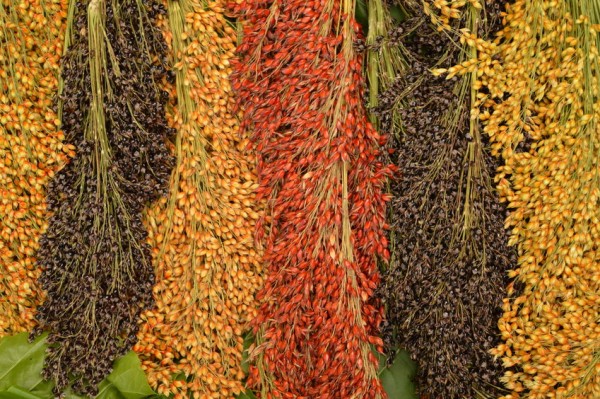 Image: LM Munawarh/123rf
Image: LM Munawarh/123rf
A bowl of red sorghum rice looked ordinary, but it holds a story of an ancient local food on the Island of Flores with a number of health benefits and tolerant to the dry climate in the area that is being replaced with rice only because those who consume rice is considered as having higher social status.
Slow Iftar Menu
Slow Iftar with Slow Food Jakarta/Kemang was a memorable dinner with illuminating conversations that opened the secrets of Indonesian food heritage. Judging how successful the mindful dinner was, hopefully the Jakarta/Kemang convivium will arrange for many more Slow Food events.
In the mean time, please enjoy the menu of the good, clean, and fair vegetarian food we had at the Slow Food Iftar last week.
Takjil
Es kelapa muda gula Jawa (iced young coconut with palm sugar)
Putu ayu pandan suji (traditional cake made from rice flour, palm sugar and pandan suji leaf)
Lemper ketan merah isi serundeng (red glutinous rice cake with toasted and spicy grated coconut)
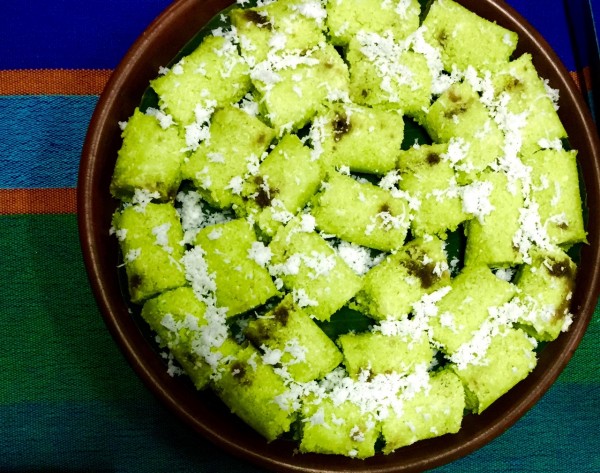
Carbo and Side Dishes
Nasi sorghum (sorghum rice)
Sirsak bakar (soursop grilled in bamboo)
Ubi jalar (steamed sweet potato)
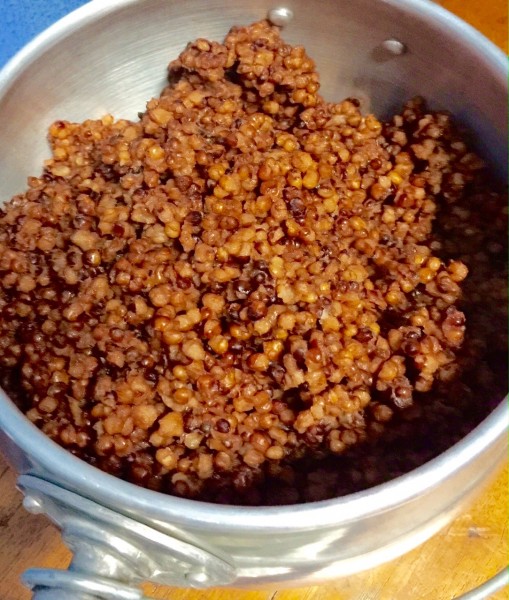
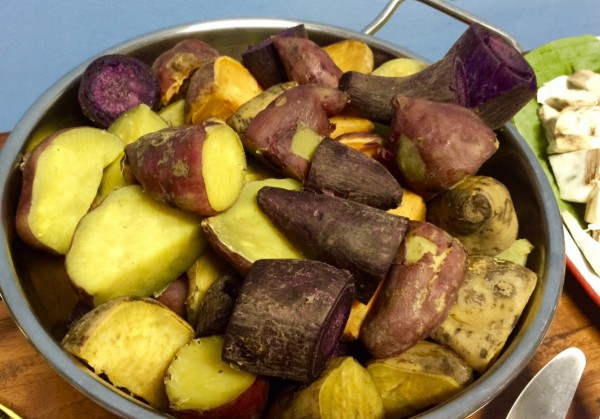
Nasi beras hitam dan coklat (brown and black rice)
Lauk Pepes telor asin (salted egg with herbs and spices steamed in banana leaf)
Sambal tumpang (decayed tempe, cooked with chili, onion, salt, and other spices)
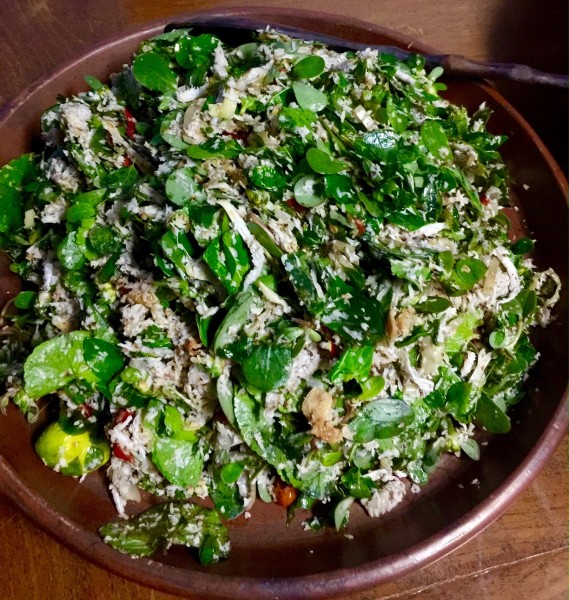
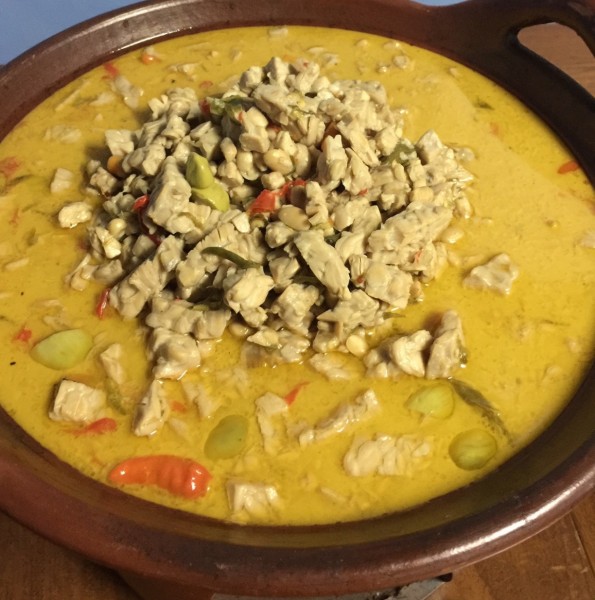
Tumis tempe dan kecipir (sautéed soybean cake and winged beans)
Sayur Urap jantung pisang, kelor dan pegagan (banana blossom with grated coconut, moringa and centella/penywort)
Tumis bunga dan daun papaya (sautéed papaya blossom and papaya leaf)
Condiments
Sambal kecombrang (hot sauce with torch ginger)
Sambal andaliman (hot sauce with andaliman pepper)
Emping Garut (arrowroot chips) Emping melinjo (melinjo chips)
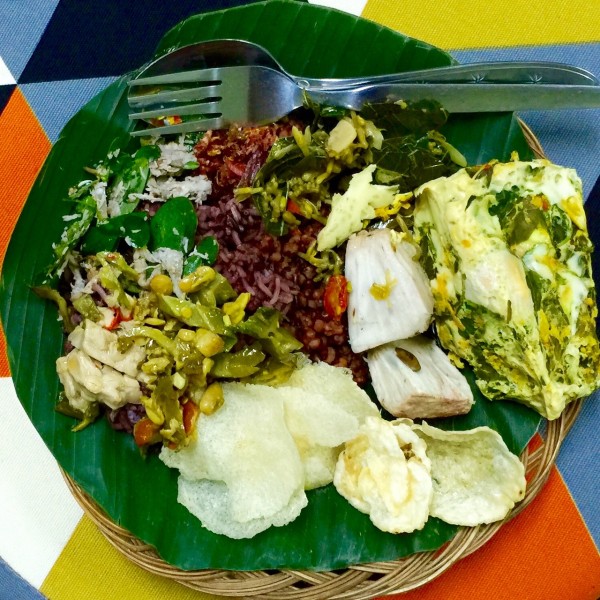
Dessert
Es cincau kembang setaman/espresso (iced leaf jelly and espresso ice cream)
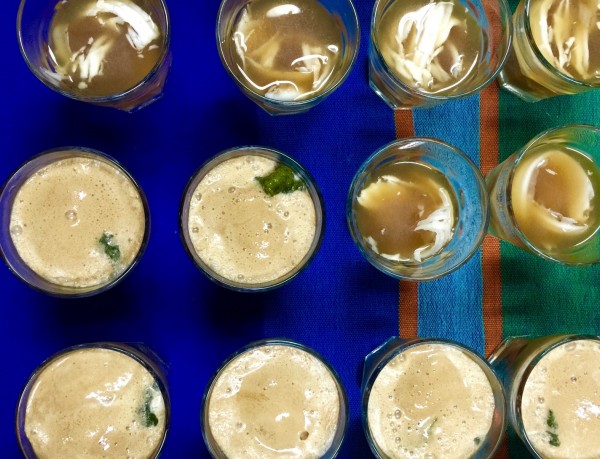
--------------------
Text: Amanda Niode.
Images: Cover: Jahmaica/123rf.com. All others: Omar Niode Foundation, unless otherwise noted